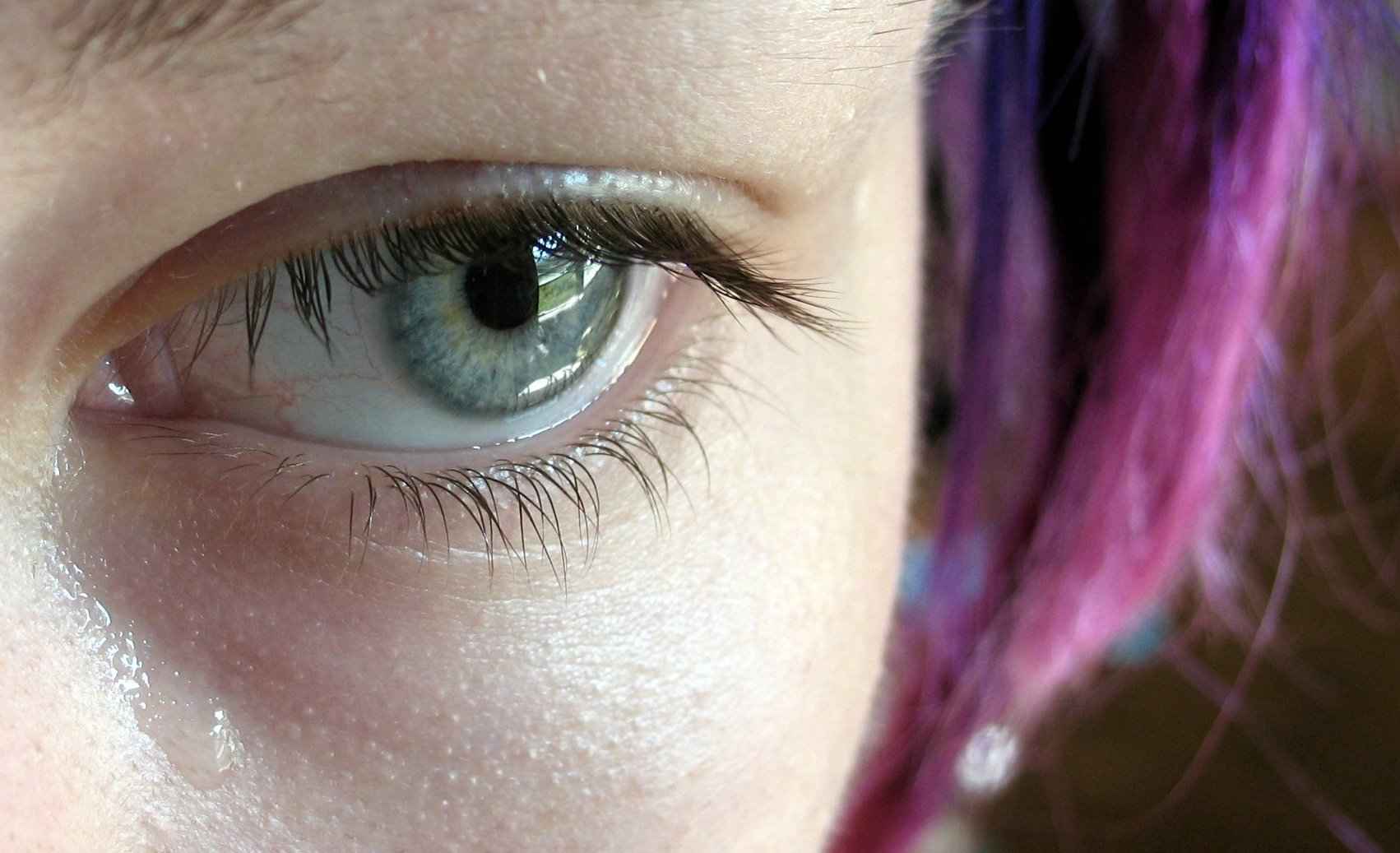Top 5 Mistakes That Students Of Swedish Make
Every language learner trips and falls head first into a faux pas now and again: it’s part of the rite of passage on the path to obtaining fluency. And why should learning Swedish be any different? Here are the most common mistakes that students of Swedish make:
1. Mixing up articles
English speakers are spoilt since we have only ‘a’ or ‘an’ for our indefinite articles. But in Swedish, like with so many languages, there are masculine (en) and feminine (ett) forms used. As for definite articles, these two words are incorporated into the actual noun as a suffix. To give an example: en bok, boken (a book, the book) and ett hus, huset (a house, the house).
 "Ett hus" means "a house" while the "huset" means "the house" / via Wikimedia
"Ett hus" means "a house" while the "huset" means "the house" / via Wikimedia
2. Using pitch incorrectly
Similar to how the stress of a word changes the meaning in English, altering the pitch can entirely change the meaning of words in Swedish too. The typical example of this is anden, which, depending on how you pitch it, can mean “the duck” or “the spirit”. There are around 200 of these such pitched words, and there’s nothing for it but to memorise them all.
 "Anden" can mean "duck" or "spirit" depending on pronunciation / via Wikipedia
"Anden" can mean "duck" or "spirit" depending on pronunciation / via Wikipedia
3. Not pronouncing double consonants
In English when two consonants appear next to each other, they blend into one - think ‘yellow’, for example. But in Swedish, both are pronounced: if you don’t pronounce them, you are in danger of saying completely the wrong word. For example, gratis means free, but grattis means congratulations. Think of it like an exaggerated lengthening of the consonant or almost like a glottal stop.
4. Confusing irregular verbs
Irregular verbs are a curse for any language learner. They are yet another list of words to “just learn” rather than learn via a set of useful rules. A typical one for mistakes is the conjugation of the word gråta (cry). In English this is “cry, cried, cried”, nice and regular, but in Swedish it is gråta, grät, gråtit, with grät often mistakenly replaced with grätade by learners.
 "Gråta" meaning "to cry" is often misconjugated by English speakers / via Wikimedia
"Gråta" meaning "to cry" is often misconjugated by English speakers / via Wikimedia
5. Mixing up rules when using the infinitive
When you’re juggling a million things learning a new language, you’re going to drop something sometime. In Swedish, this is often the correct use of the infinitive. Knowing when to use the infinitive of the conjugated form of a verb is a big hurdle to get over. The golden rule is that following a conjugated verb, the infinitive form should be used. For example: “I must run” should be så måste jag springar rather than så måste jag springa.
So there you have it. Some common errors but let’s be honest, there are worse language crimes than these, aren’t there? Even so, it’s good to know that there are other learners making the same mistakes as you --a sort of “we’re in this together” kind of feeling that makes you feel less silly. How about a course, where you can practice with fellow learners of the same level, on your own, or online if you’d like! Contact us and start improving your Swedish today!


